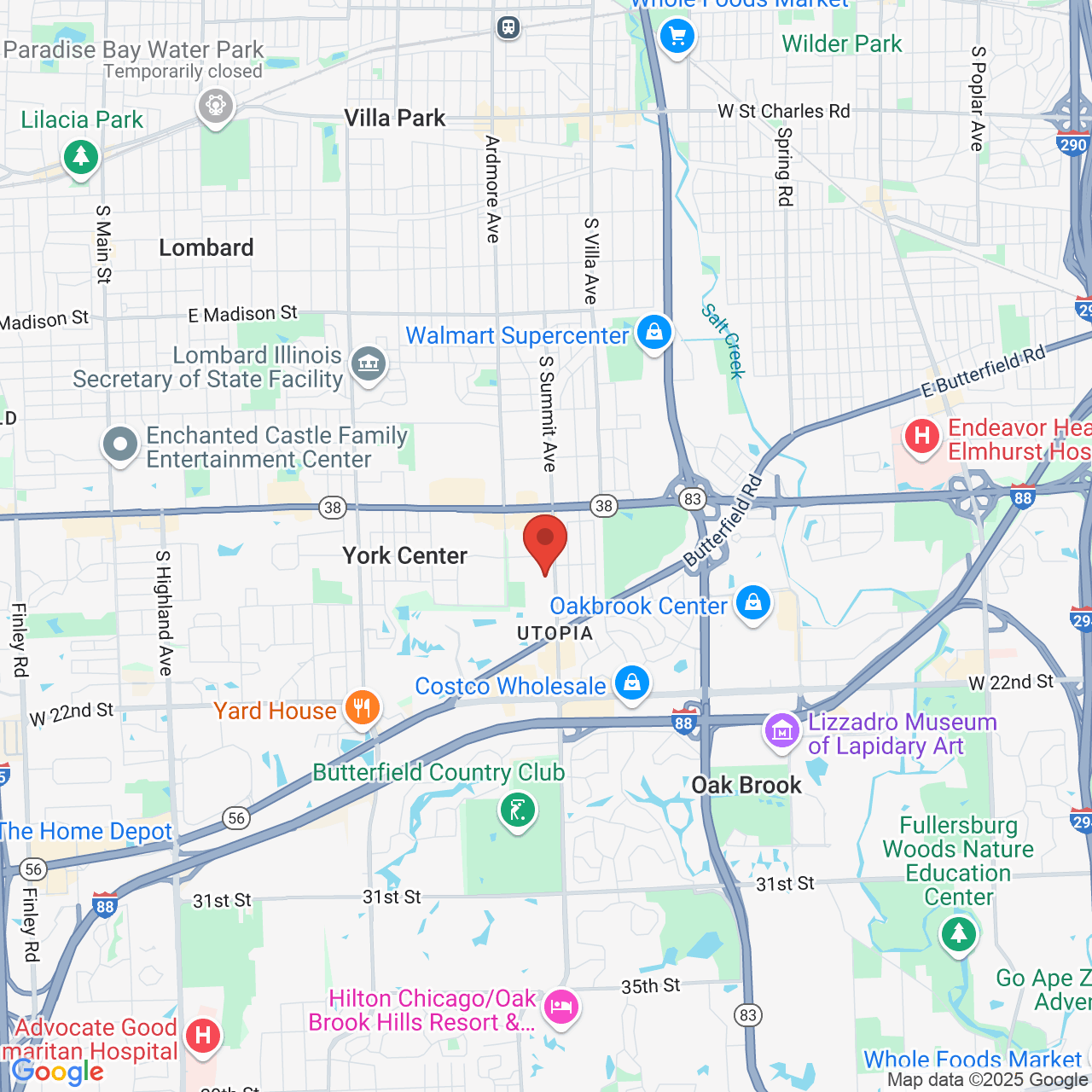The Hair Transplant Growth Timeline
 At Chicago Hair Institute, we offer a full range of advanced, effective surgical hair loss solutions designed to restore natural, growing hair to the scalps of men and women who have suffered thinning or baldness. While modern hair transplant surgery represents the best method of hair restoration, many patients do not realize that the procedure does not yield immediate results. Before committing to surgical hair restoration, it is extremely important that you understand the hair transplant growth timeline and establish realistic expectations for your results.
At Chicago Hair Institute, we offer a full range of advanced, effective surgical hair loss solutions designed to restore natural, growing hair to the scalps of men and women who have suffered thinning or baldness. While modern hair transplant surgery represents the best method of hair restoration, many patients do not realize that the procedure does not yield immediate results. Before committing to surgical hair restoration, it is extremely important that you understand the hair transplant growth timeline and establish realistic expectations for your results.
Dr. Raymond Konior details the hair transplant growth timeline during consultations at his Chicago, IL hair loss clinic so that patients know precisely what to expect before they commit to undergoing surgery. Most patients find that the timeline is perfectly acceptable in light of the many benefits associated with hair transplantation using the state-of-the-art techniques employed by Dr. Konior. However, the decision to proceed with hair transplant surgery is a very personal one that each patient must make for himself or herself.
Is hair transplant surgery right for you? We invite you to read the following information about the hair transplant growth timeline and then contact Chicago Hair Institute to schedule your initial consultation with Dr. Konior to find out for yourself.
What Is the Typical Hair Transplant Growth Timeline Like?
The hair transplant growth timeline will vary somewhat from patient to patient, but it typically unfolds as follows:
- The first two weeks: At first, you will experience some soreness, swelling, and crusting. The soreness will subside within the first three or four days after surgery, and the swelling will subside within a week or so. The crusting will largely come off in the shower and can be scrubbed away in the second week after surgery, by which time the grafts will have taken hold and the donor region should be healed. The transplanted hairs at this point will look like beard stubble. Shedding of the transplanted hair, which is perfectly normal, will begin during week two.
- Week three: By the end of week three, most of the transplanted hair will have been shed. The grafts are perfectly healthy, however, and new hair will replace the shed hair.
- Week four: By the end of week four, your hair will appear more or less as it did prior to surgery. You can color and style your hair as you please; you don’t have to worry about “harming” your transplanted hair.
- Months two through five: Your new hair will begin to grow, although most hairs may be quite thin at first.
- Months six through nine: You will see good coverage of the treatment area at this point. While some of the hairs will still be thin at this point, you’ll notice many thicker hairs, as well, especially toward month nine.
- Year one: By the end of year one, the vast majority of the transplanted hairs - 80 percent or more - will have emerged. Textures may still be less than optimal, but will improve over the course of the next year. By the end of the second year, you will be able to appreciate the full results of your hair transplant surgery.
Learn More about the Hair Transplant Growth Timeline
To learn more about the hair transplant growth timeline, please contact Chicago Hair Institute today.





